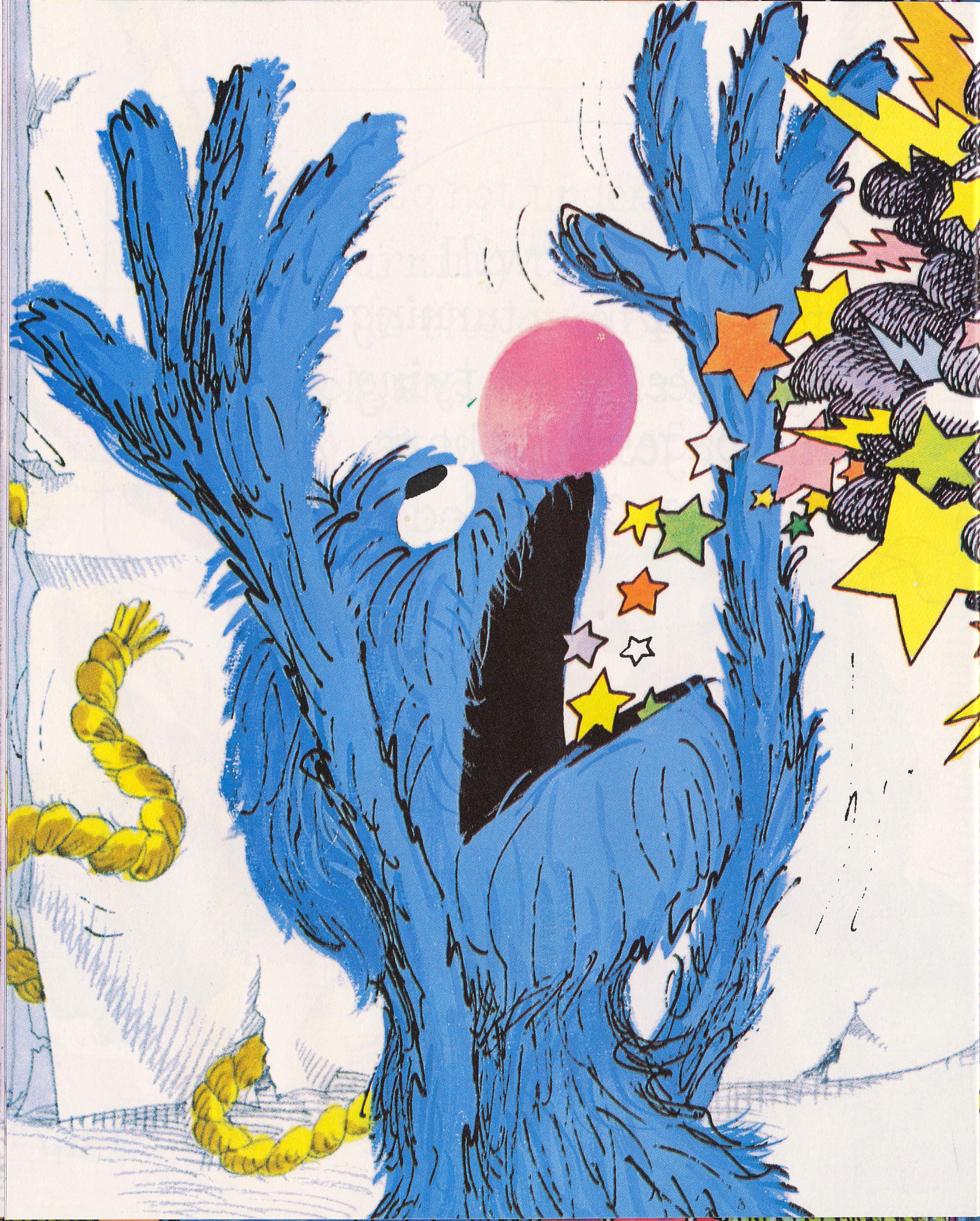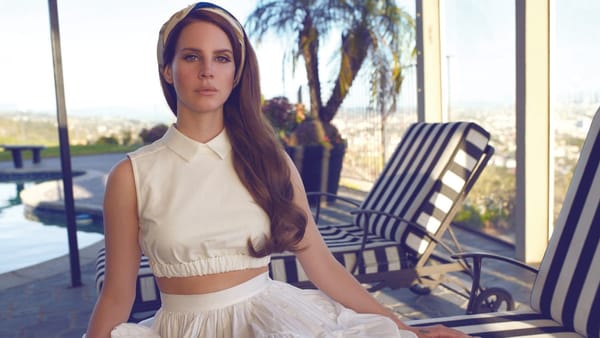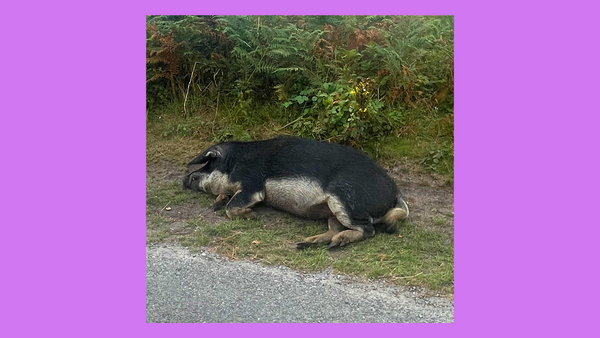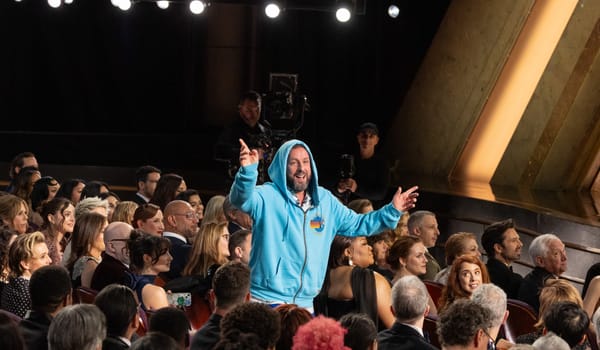The Monster at The End of This Book ending explained
Five decades later, the ending of The Monster at The End of This Book continues to vex readers

To fully explain the complex, self-referential plot driving The Monster at The End of This Book: Starring Lovable, Furry Old Grover is no easy feat. Published in 1971, The Monster at The End of This Book is a crucial piece of metafiction canon.
Part of the Sesame Street Universe (itself a subset of the MCU—the Muppet Cinematic Universe), The Monster at The End of This Book is known for being an early vehicle for superstar Muppet Grover and its commercial and critical success. It’s also known for its confounding twist ending that continues to baffle and confront audiences to this day. Luckily, the five decades since the tome was released have given us plenty of time to fully explore the meaning behind The Monster at The End of This Book.
If you’re struggling with The Monster at The End of This Book, keep reading for a full analysis of the plot and the ending explained.
Warning: major spoilers for The Monster at The End of This Book up ahead. You’ve been warned!
What happens in The Monster at The End of This Book
While you should never judge a book by its cover, the story of The Monster at The End of This Book begins right there, with Grover, the popular blue fuzzball that lives on Sesame Street, saying hello to readers with a wave. Right from the get-go, Grover is breaking the fourth wall and directly engaging with the reader.
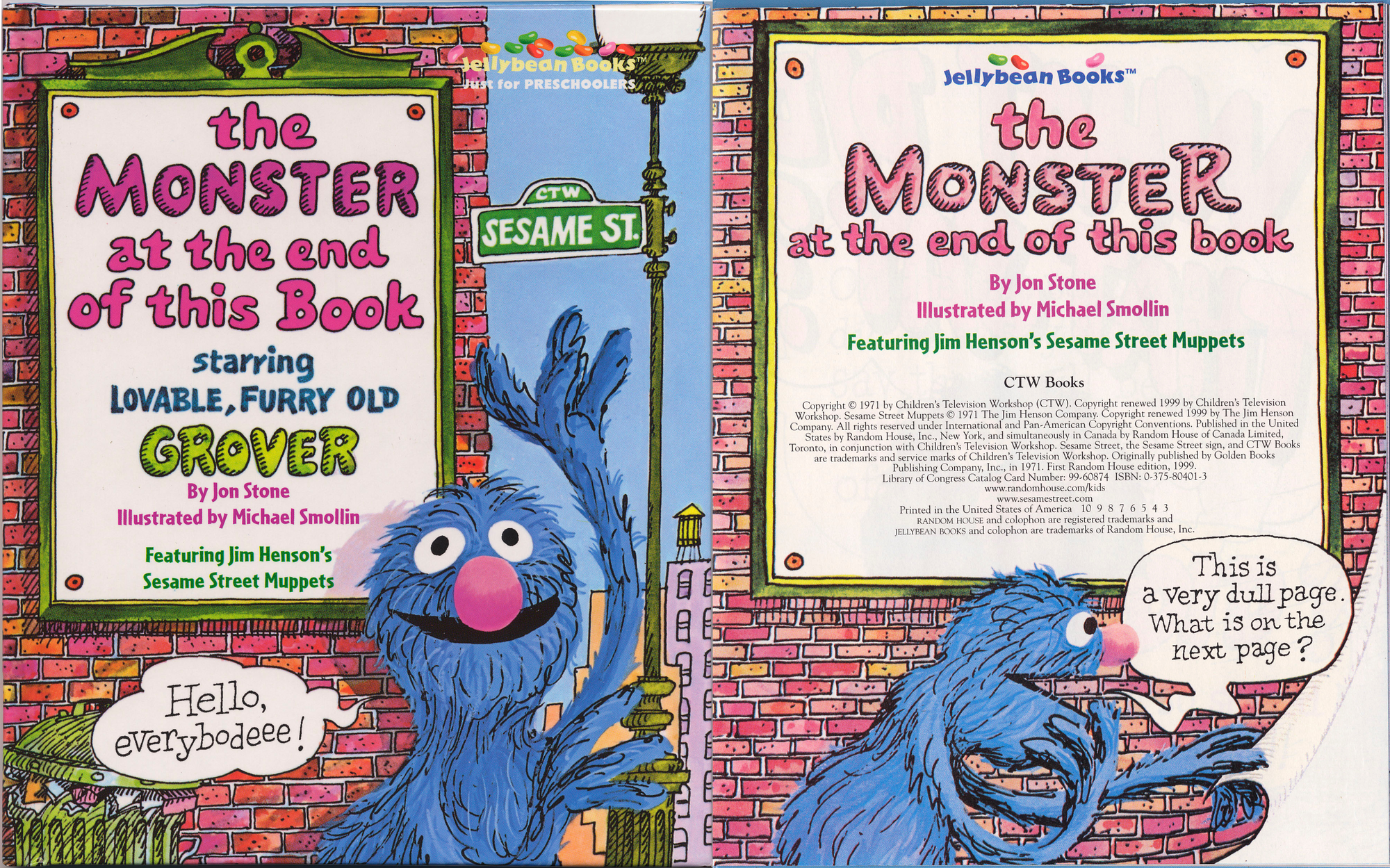
On the title page inside the book, we find Grover already grasping the corner, ready to turn to the next page, a choice he quickly regrets. “Did that say there will be a Monster at the end of this book???,” Grover asks on the next page. “Oh, I am so scared of Monsters!!!”
Luckily, Grover has a plan for avoiding the monster: if the reader does not turn the pages, they’ll never reach the end and won’t have to face the monster. Grover’s plan falls apart almost immediately as the reader continues. Since polite negotiation didn’t get him anywhere, Grover sets up a series of obstacles to stop readers from turning the page: a cluster of intertwined ropes and knots, a structure of wood boards and nails, and finally, a solid brick wall. These obstacles are easily demolished by the reader.
In a last-ditch attempt to avoid the monster, Grover begs the reader not to turn the page, a request that the reader does not honor. On the final pages, where one might expect to meet a horrible monster, there is, in fact, only Grover. Grover admonishes the reader for being afraid of him: “I told you and told you there was nothing to be afraid of.”
In a postscript, Grover, head in his hands, mutters under his breath, “Oh, I am so embarrassed.”
The Monster at The End of This Book ending explained
At the start of The Monster at The End of This Book, we are led to believe that the monster and Grover are two separate beings. After all, Grover is our furry friend, and monsters are typically big, scary creatures.
This turns out not to be the case: it is revealed in the final moments that Grover was the monster all along. This twist may appear to come out of left field, but the clues for it are laid down from the very beginning. Just look at the subtitle: Starring Lovable, Furry Old Grover. Grover was not starring in The Monster at The End of This Book, but as the monster at the end of the book.
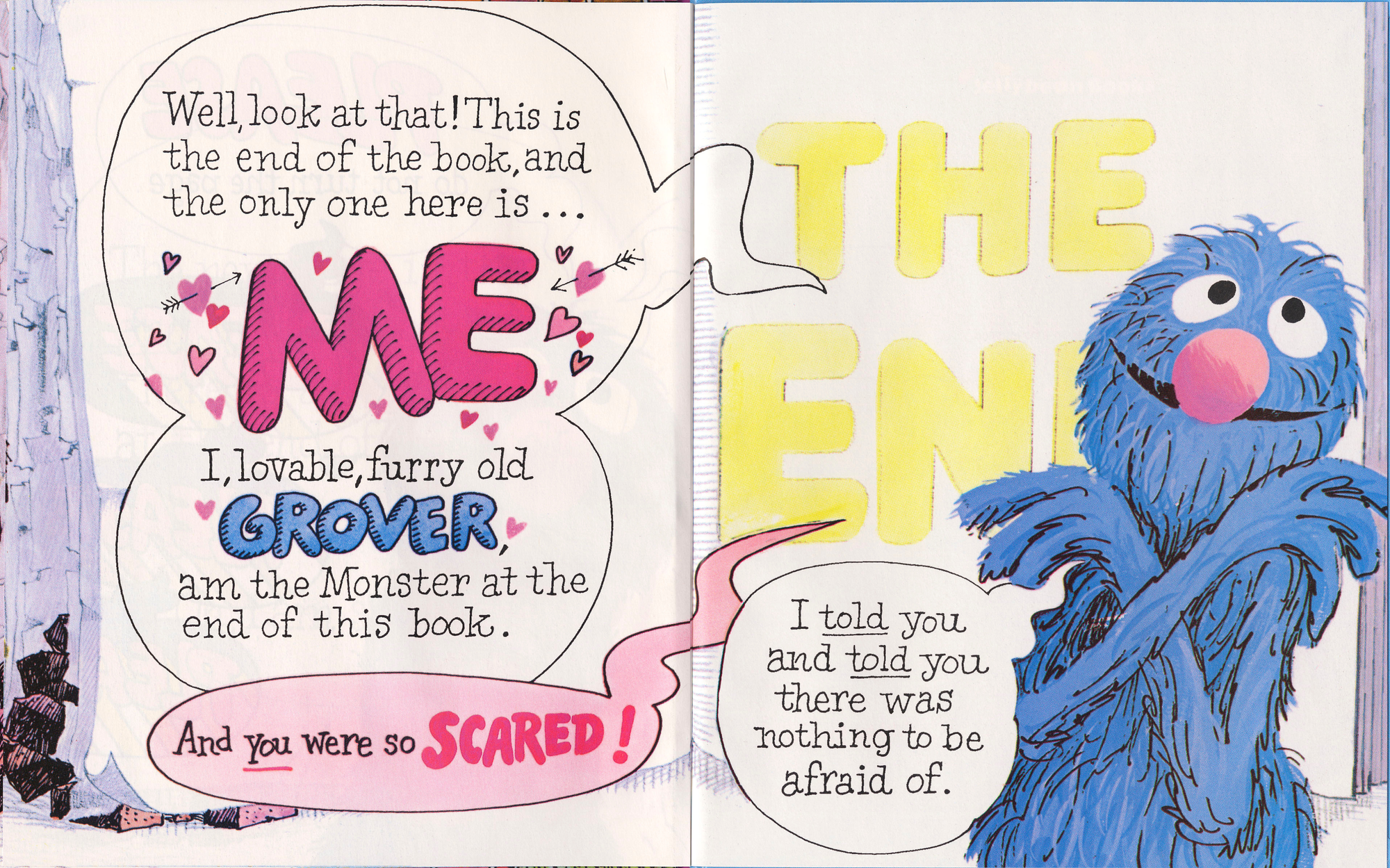
Most readers will be forgiven for missing this clue—while Grover is a popular Sesame Street character, most would think of him as a Muppet and not necessarily a monster—though of course, we know that the categories are not mutually exclusive (see also: Cookie Monster). In fact, this possibility is not even clear to Grover, who does not consider his intersectional identities until he stands alone at the end of the book.
At the end, Grover asserts that it was the reader who was actually afraid of the monster the whole time. This doesn’t make any sense on the surface—readers will likely remember Grover’s multiple futile attempts to stop them from turning the page (which all fail due to being mere illustrations and not physical obstacles). The postscript, however, provides a clue for why Grover would say this: he’s embarrassed by his own hysterics, and to save face, he attempts to gaslight the reader.
Is Grover really the monster at the end of The Monster at The End of This Book?
When asked to explain the ending of The Monster at The End of This Book, most people would agree that Grover is the monster. But some scholars posit a theory that the monster at the end of The Monster at The End of This Book is actually the reader, who forces Grover towards the end of the book against his will, going so far as to destroy property and create messes for Grover to clean up later.
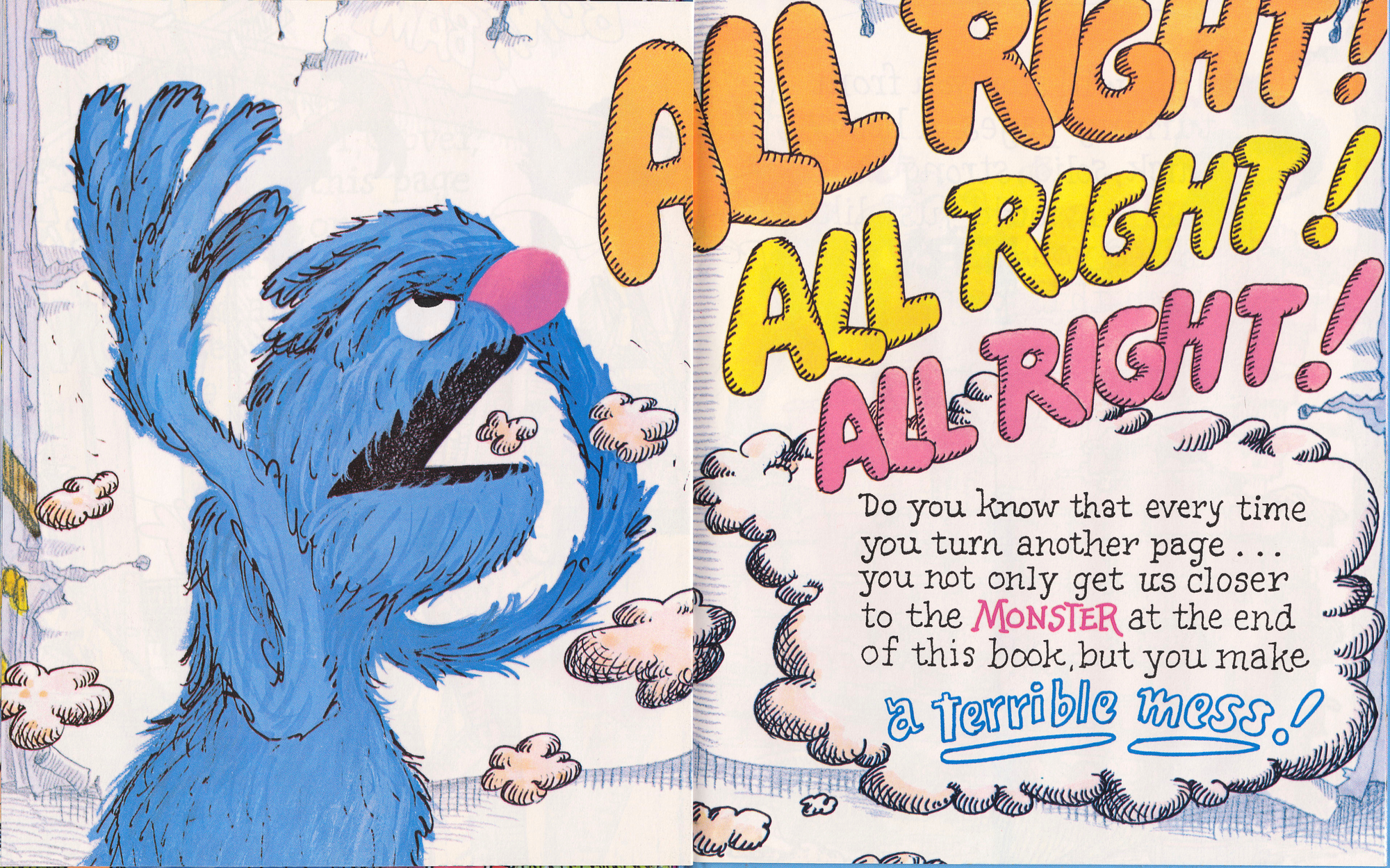
Think back to the full title of the book. The reader, despite having an equal part in the story to Grover, is not mentioned at all. Strange, unless you consider that the reader is, in fact, the monster in this play for two.
While it may not be the most popular theory for the ending, it is food for thought, and shows why The Monster at The End of This Book continues to be a rich text for analysis.

